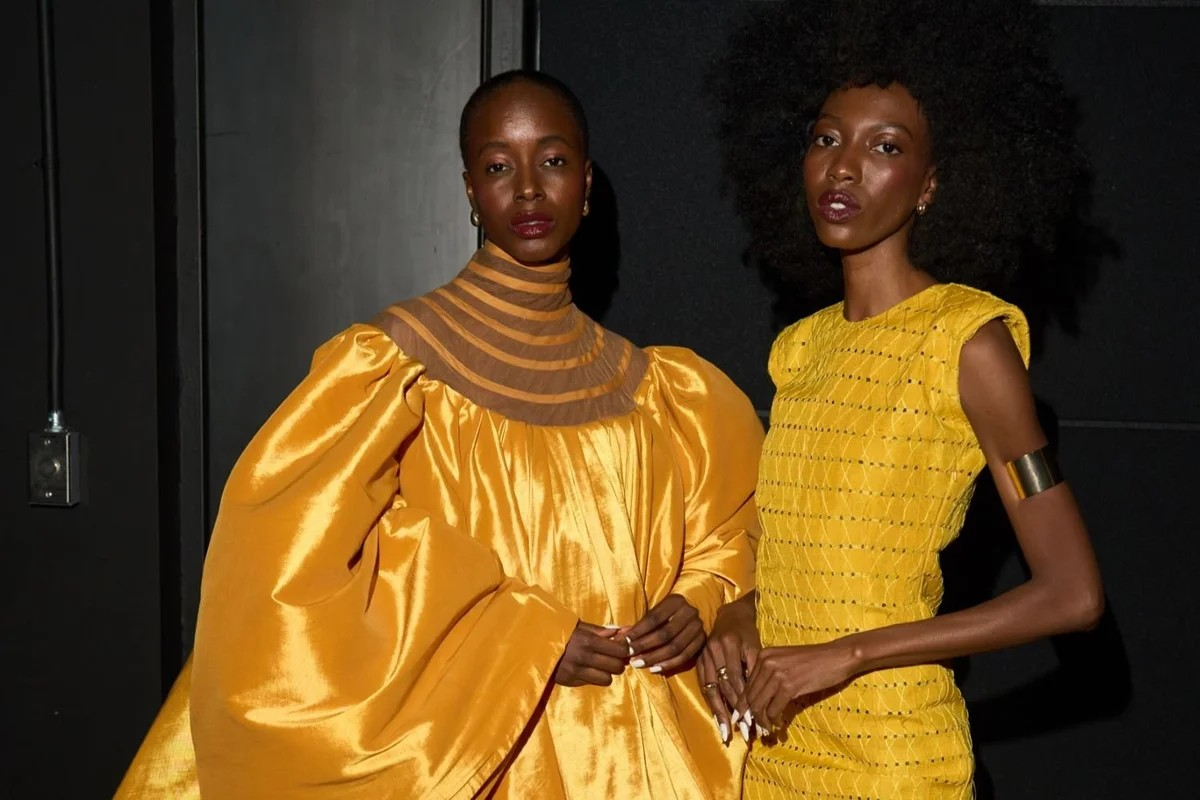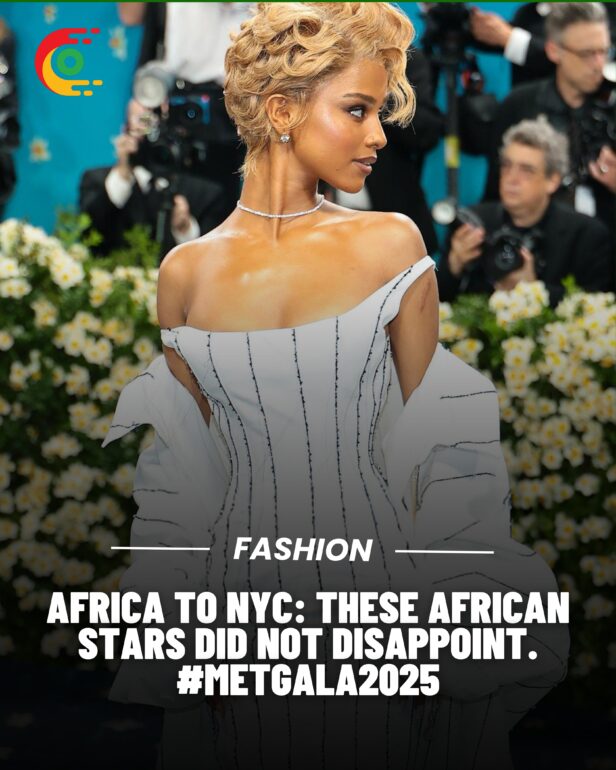Listeners:
Top listeners:
-
 play_arrow
play_arrow Cosoro Radio UK No.1 Afrobeats Music Radio Station in UK
African Designers at NYFW: A Breakthrough Amidst Industry Challenges

In recent years, African designers have been making bold strides in the global fashion scene, with New York Fashion Week (NYFW) serving as one of the most prestigious platforms for showcasing their talents. Their presence at NYFW is an essential reflection of a larger, ongoing narrative—African fashion is not only breaking through international barriers, but it is also challenging the traditional structure of the fashion industry itself. While these designers are achieving remarkable success, their journey is not without its unique set of struggles that shed light on the deeper issues facing the industry today.
A Growing Presence
African designers like Chuks Collins and Kibonen Nfi are moving into the spotlight with their collections that fuse traditional African aesthetics with modern, global influences. Their participation in NYFW marks a significant achievement for African designers, whose work is often pigeonholed into niche markets or relegated to local recognition. These designers’ success on the NYFW stage shows that there is a growing demand for African-inspired designs and an increased appreciation of African craftsmanship worldwide.
However, while these designers celebrate a major milestone, they also face serious hurdles that many of their Western counterparts do not have to navigate.
Systemic Challenges in the Fashion Industry
One of the most prominent challenges faced by African designers is the lack of institutional support and resources. Unlike the well-established fashion houses in Europe and the United States, many African designers work without the safety net of government funding, access to established fashion networks, or reliable manufacturing infrastructure. This lack of support means that designers often must rely on personal investments or crowdfunding to fund their collections, which can be a daunting task.
In addition to financial barriers, the issue of manufacturing presents another challenge. Despite a growing demand for African fashion, designers frequently struggle to find affordable, high-quality manufacturing facilities within the continent. Many are forced to import from other countries, often resulting in higher production costs, delays, and reduced quality control. This not only affects their ability to scale their businesses but also impacts the sustainability of their operations.
The High Cost of Fashion
One major issue affecting the affordability and accessibility of African fashion is the high cost of production. To compete at global fashion weeks like NYFW, designers must create collections that are not only visually striking but also technically sophisticated. This requires significant financial investment, from sourcing quality fabrics to paying skilled artisans and workers.
For many African designers, these costs can be prohibitive, especially when combined with the high logistical costs of shipping, marketing, and securing the rights to showcase their work on the international stage. These financial burdens often make it difficult for African designers to scale their businesses and reach larger markets without compromising on quality or artistic vision.
Moreover, the high-end luxury market where these designers aspire to place their brands often comes with its own set of barriers. While there is a growing global demand for diverse voices in fashion, many fashion houses still prioritize exclusivity and luxury over accessibility. As a result, designers may struggle to reach a broad customer base, and their work may remain confined to high-net-worth individuals or niche markets.
Digital Transformation: A Way Forward?
Despite these challenges, digital platforms have opened new doors for African designers, providing opportunities to reach audiences and investors worldwide. Social media has played a crucial role in raising awareness of African fashion, helping designers to build followings and showcase their work without the need for traditional fashion media.
The rise of e-commerce platforms has also enabled African designers to sell directly to consumers across the globe, cutting out the middleman and maintaining more control over their branding and sales. Many designers are embracing these digital tools to create virtual fashion shows, sell collections online, and build communities of supporters that transcend borders. This digital transformation is helping African fashion gain recognition and visibility that may have otherwise been out of reach.
However, while the digital space offers immense potential, it also presents its own set of challenges. The digital divide remains a significant issue in Africa, with many regions lacking reliable internet access or the necessary infrastructure for digital commerce to thrive. This creates barriers for both designers and consumers who may not have the same level of access to digital platforms as their counterparts in wealthier countries.
Towards a Sustainable Future
As African designers continue to make their mark on the global stage, there is an increasing need for sustainable solutions that support their growth and success. One potential avenue is the development of a robust mid-tier market that caters to both local and international consumers. While luxury fashion will always have a place, there is a growing demand for accessible, high-quality designs that can be produced at scale while maintaining cultural authenticity.
Collaborations between African designers and established global fashion houses could also create opportunities for mutual growth. These partnerships would allow African designers to tap into established supply chains, access funding, and expand their reach to larger, more diverse audiences. By building networks that allow African designers to thrive within the global fashion ecosystem, the fashion industry can become more inclusive and reflective of the diverse cultures that shape our world.
Furthermore, greater investment in African fashion infrastructure is needed to ensure that the continent’s designers can scale sustainably. From improved manufacturing facilities to more accessible financial support and training programs, these investments can create a foundation that enables designers to grow their businesses and contribute to the local economy.
Written by: Adedoyin Adedara
Similar posts
Recent Comments
No comments to show.
Copyright © 2025 Cosoro Radio | All rights reserved













